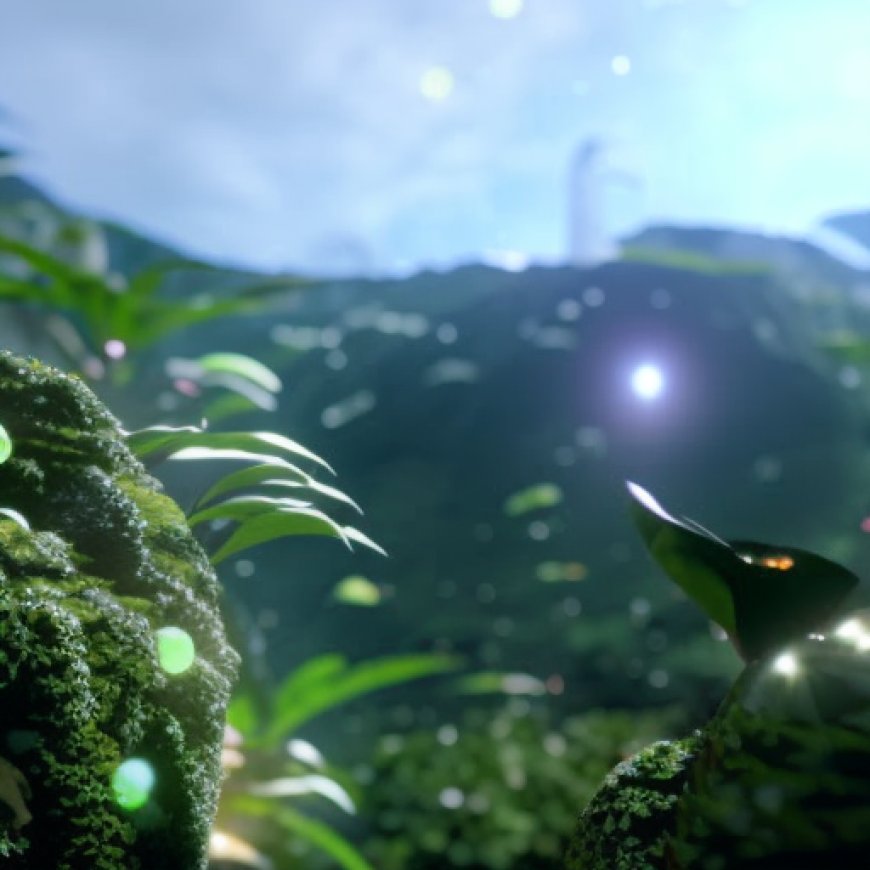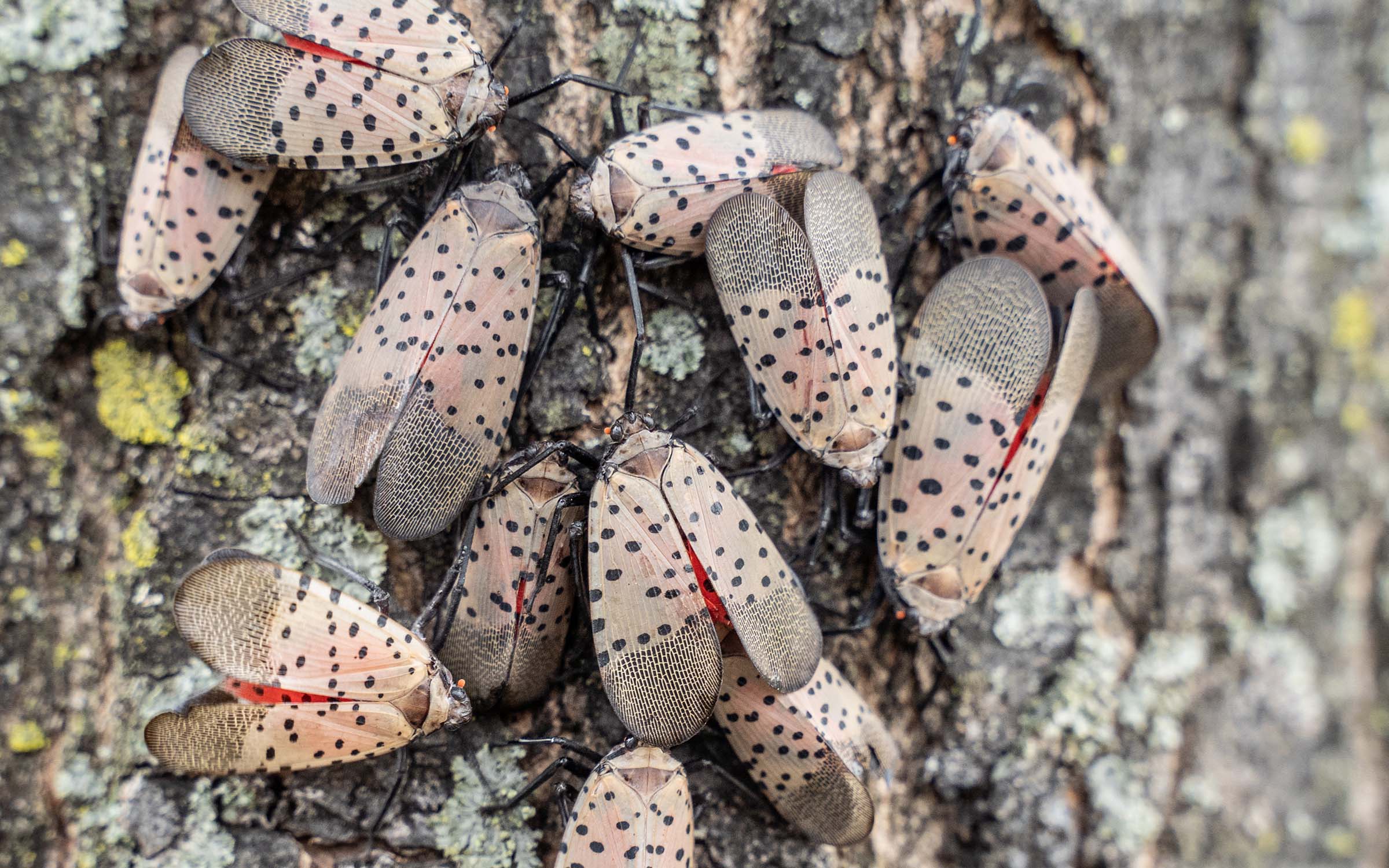International biodiversity organization chronicles global threat from invasive alien species
International biodiversity organization chronicles global threat from ... University of Rhode Island


KINGSTON, R.I. – Sept. 7, 2023 – Invasive Alien Species Cause Global Destruction, New Report Finds

A worldwide scientific intergovernmental group on biodiversity, which includes a professor from the University of Rhode Island, has released a landmark assessment highlighting the global spread and destruction caused by invasive alien species. The report, produced by the Intergovernmental Science-Policy Platform on Biodiversity and Ecosystem Services for the United Nations, emphasizes the urgent need to address the challenges of biological invasions and provides policy options to mitigate their impacts.
Key Findings of the Report
- Invasive alien species caused an estimated $423 billion in damages to nature, food sources, and human health in 2019.
- Harmful alien species have contributed to 60% of recorded animal and plant extinctions, and were the sole factor in 16% of extinctions.
- The threat posed by invasive alien species to biodiversity, ecosystem services, sustainable development, and human well-being is generally poorly understood.
Helen Roy, co-chair of the assessment group and professor at the UK Centre for Ecology & Hydrology, stated that this authoritative report will fill critical knowledge gaps, support decision-makers, and raise public awareness to mitigate the impacts of invasive alien species.
Laura Meyerson, a URI professor in natural resources science and a contributing lead author on the report, emphasized that this is the first global report on invasive alien species. The report covers every world region, biome, and major taxonomic group, making it a comprehensive and impressive effort by a dedicated group of scientists.
Global Impact of Invasive Alien Species
- More than 37,000 alien species have been introduced by people to areas around the world.
- Over 3,500 harmful invasive alien species are negatively impacting nature and people’s quality of life.
- The Americas contributed 34% of the reported negative impacts of biological invasions, followed by Europe (31%), Asia and the Pacific (25%), and Africa (7%).
- About 75% of negative impacts were reported on land, 14% in freshwater, and 10% in marine habitats.
The report highlights that while not all alien species cause negative outcomes, a significant percentage of them pose major risks to nature and people. Invasive alien species negatively impact people through damaged food supplies, health effects, and threatened livelihoods.
Prevention and Control Measures
The report emphasizes that future biological invasions and their impacts can be prevented through effective management and integrated approaches. Prevention measures include border biosecurity, strict import controls, eradication, and containment through physical, chemical, or biological measures.
Peter Stoett, co-chair of the assessment and professor at the University of Ontario Institute of Technology, stated that ambitious progress in tackling invasive alien species is achievable. He emphasized the need for a context-specific integrated approach across countries and sectors involved in providing biosecurity to have far-reaching benefits for nature and people.
Implications for Rhode Island and New England
While the global assessment focused on large regions, the report is highly relevant to Rhode Island and New England. It includes information on many species plaguing the region, such as phragmites, green crabs, chestnut blight, Japanese knotweed, and beech leaf disease.
Laura Meyerson, the URI professor, highlighted that the report’s approval by 143 member countries and its global call to action provide overwhelming evidence of the threats posed to nature, nature’s services to people, and the economy.
To read the group’s media release or download the assessment’s summary, click here.
SDGs, Targets, and Indicators
1. Which SDGs are addressed or connected to the issues highlighted in the article?
- SDG 15: Life on Land
- SDG 14: Life Below Water
The article discusses the global spread and destruction caused by invasive alien species, which directly relates to the conservation of terrestrial and marine ecosystems, as well as biodiversity.
2. What specific targets under those SDGs can be identified based on the article’s content?
- SDG 15.8: By 2020, introduce measures to prevent the introduction and significantly reduce the impact of invasive alien species on land and water ecosystems and control or eradicate the priority species.
- SDG 14.2: By 2020, sustainably manage and protect marine and coastal ecosystems to avoid significant adverse impacts, including by strengthening their resilience, and take action for their restoration in order to achieve healthy and productive oceans.
The article highlights the need for effective management and integrated approaches to prevent and control invasive alien species, which aligns with the targets mentioned above.
3. Are there any indicators mentioned or implied in the article that can be used to measure progress towards the identified targets?
- Number of reported negative impacts of biological invasions in different regions (e.g., Americas, Europe, Asia and the Pacific, Africa).
- Percentage of alien plants, invertebrates, vertebrates, and microbes known to pose major risks to nature and people.
- Number of alien species reported since 1970.
The article provides information on the negative impacts of invasive alien species in different regions, the percentage of alien species posing major risks, and the increase in the number of reported alien species since 1970. These indicators can be used to measure progress towards the identified targets.
Table: SDGs, Targets, and Indicators
| SDGs | Targets | Indicators |
|---|---|---|
| SDG 15: Life on Land | Target 15.8: By 2020, introduce measures to prevent the introduction and significantly reduce the impact of invasive alien species on land and water ecosystems and control or eradicate the priority species. | – Number of reported negative impacts of biological invasions in different regions (e.g., Americas, Europe, Asia and the Pacific, Africa). – Percentage of alien plants, invertebrates, vertebrates, and microbes known to pose major risks to nature and people. – Number of alien species reported since 1970. |
| SDG 14: Life Below Water | Target 14.2: By 2020, sustainably manage and protect marine and coastal ecosystems to avoid significant adverse impacts, including by strengthening their resilience, and take action for their restoration in order to achieve healthy and productive oceans. | – Number of reported negative impacts of biological invasions in marine habitats. – Percentage of alien plants, invertebrates, vertebrates, and microbes known to pose major risks to marine ecosystems. – Number of alien species reported since 1970. |
Behold! This splendid article springs forth from the wellspring of knowledge, shaped by a wondrous proprietary AI technology that delved into a vast ocean of data, illuminating the path towards the Sustainable Development Goals. Remember that all rights are reserved by SDG Investors LLC, empowering us to champion progress together.
Source: uri.edu

Join us, as fellow seekers of change, on a transformative journey at https://sdgtalks.ai/welcome, where you can become a member and actively contribute to shaping a brighter future.







